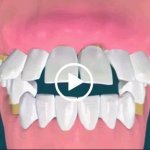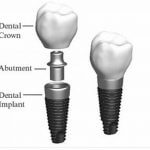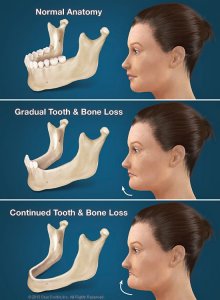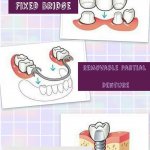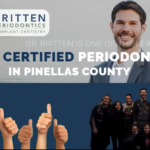Who is a candidate?
Dental implants can be placed in most adults in good to moderate health. They are not typically placed in adolescents until they have reached full expected growth/maturity. Certain medical conditions that are not controlled well may decrease the effectiveness of implant treatment, so be sure to discuss your medical history with your dentist before treatment.
A trained clinician can determine the best treatment plan for you. Ask your doctor to explain the benefits and risks to see if dental implants are a good option for you!
Frequently asked questions about dental implants
 https://brittenperio.com/wp-content/uploads/2017/03/Picture1-1.png
https://brittenperio.com/wp-content/uploads/2017/03/Picture1-1.png
Q: Is implant placement painful?
A: Normally done under local anesthesia, most procedures can be done in the dental office.
Q: How much pain will I feel after implant placement?
A: If there is discomfort with dental implant placement, it is usually minor. Your dentist may prescribe medication to alleviate any pain.
Q: How long does it take to place dental implants?
A: This depends on the location and number of implants being placed, many can be done in 60-90 minutes.
Q: What can I eat after dental implant placement?
A: Your dentist will outline a diet for the next few days including some soft foods.
Q: How long does placement, healing and construction of the replacement teeth take?
A: The entire process usually takes form 3 to 9 months, depending on your treatment plan.
Q: How do I care for my implant?
A: Home care for implants consists of brushing and flossing. Regular dental visits are required for long-term health and success.
Q: How long does an implant last?
A: If your body accepts the implant, it should last many years if cared for properly. Many implants have been in place for more than 40 years.
Q: If my body rejects an implant, what happens?
A: The implant is removed and the site is allowed to heal. Another implant can usually be placed after healing.
Q: Are dental implants covered by insurance?
A: Like most elective procedures, dental implants are not covered by most dental insurance plans. However, your dentist may offer payment plan options.
[iphorm id=”3″ name=”Contact form”]

